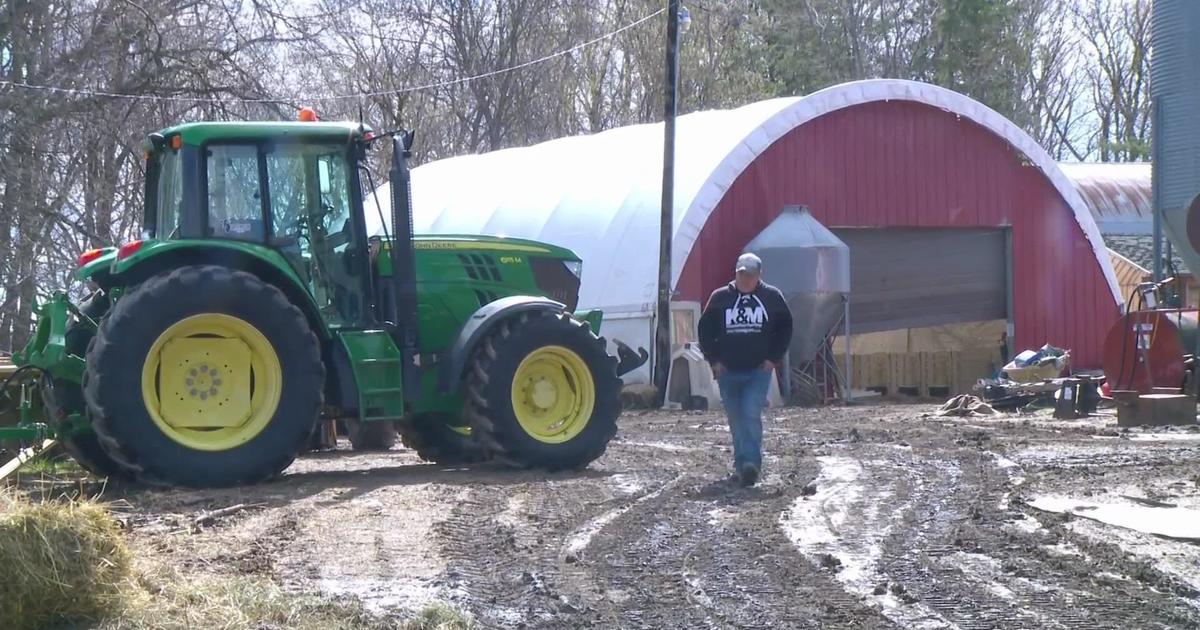Minnesota farmers rely on seasonal migrant workers to keep state's crops moving
MINNEAPOLIS — President Joe Biden is considering using executive powers to address the crisis at the border. Most likely that would mean restricting access to the asylum program.
But what about all those migrant workers who come here legally to work on Minnesota farms? In Freeborn County, for instance, many farms have become dependent on a foreign labor program.
Right now, it's potatoes keeping Pete Van Erkel busy amid a thousand acres of vegetables that also include corn and soybeans. He and his crew grow them near Hollandale, clean them in Maple Island, and then send them off to hungry consumers.
"Years ago, there was farm kids on every farm site, and with ag background who were interested in ag. That era has been over with for a long time," Van Erkel said.
That's why he began hiring help from other countries. In April, migrant workers will begin arriving for another growing season at Van Erkel Farms. It's part of what's called the H-2A visa program.
"I normally get about a resume a day from somewhere across the pond. Maybe from South America. Maybe from Mexico," he said, adding that without the program he might not be doing it anymore. "We need people."
The program is in all 50 U.S. states. It's estimated that one in four agricultural workers in the country are now part of the H-2A visa program, a percentage that Mary Garcia believes will continue to grow. Garcia is with the Minnesota Department of Employment and Economic Development.
"They simply cannot find enough U.S. workers to fill their seasonal temporary need," Garcia said.
She says H-2A workers receive a wage set by the government, and it's up to the farmer to supply them with transportation and housing, all of which is inspected by the state.
"The land is still the same amount of land, but there are fewer people to farm it," Garcia said.
In 2019, about 300 Minnesota farmers applied for the H-2A program. Last year, that number jumped to 450. And unlike some neighboring states, Minnesota offers these workers overtime.
"They leave their homes and their families for 10 months at a time and come here and work in our state and make three or four times more than what they would make back home," Garcia said.
Van Erkel isn't surprised demand for foreign workers is at an all-time high. He also views this as a food security issue. Without the help, he believes the food supply would shrink significantly.
"We need people. We can talk automation, which we're always open to, but you still need people in our industry," Van Erkel said.
As part of the program, Van Erkel has to prove that he can't find enough local workers before he can bring in foreign help. H-2A covers temporary agricultural labor. H-2B visas cover temporary non-agricultural labor, like landscaping.
The number of applications for that program has also increased significantly over the past five years.




